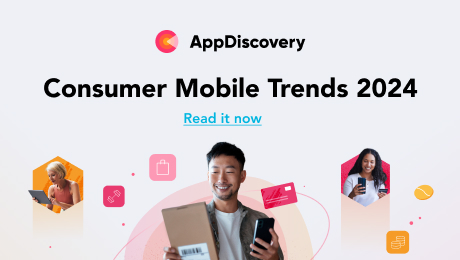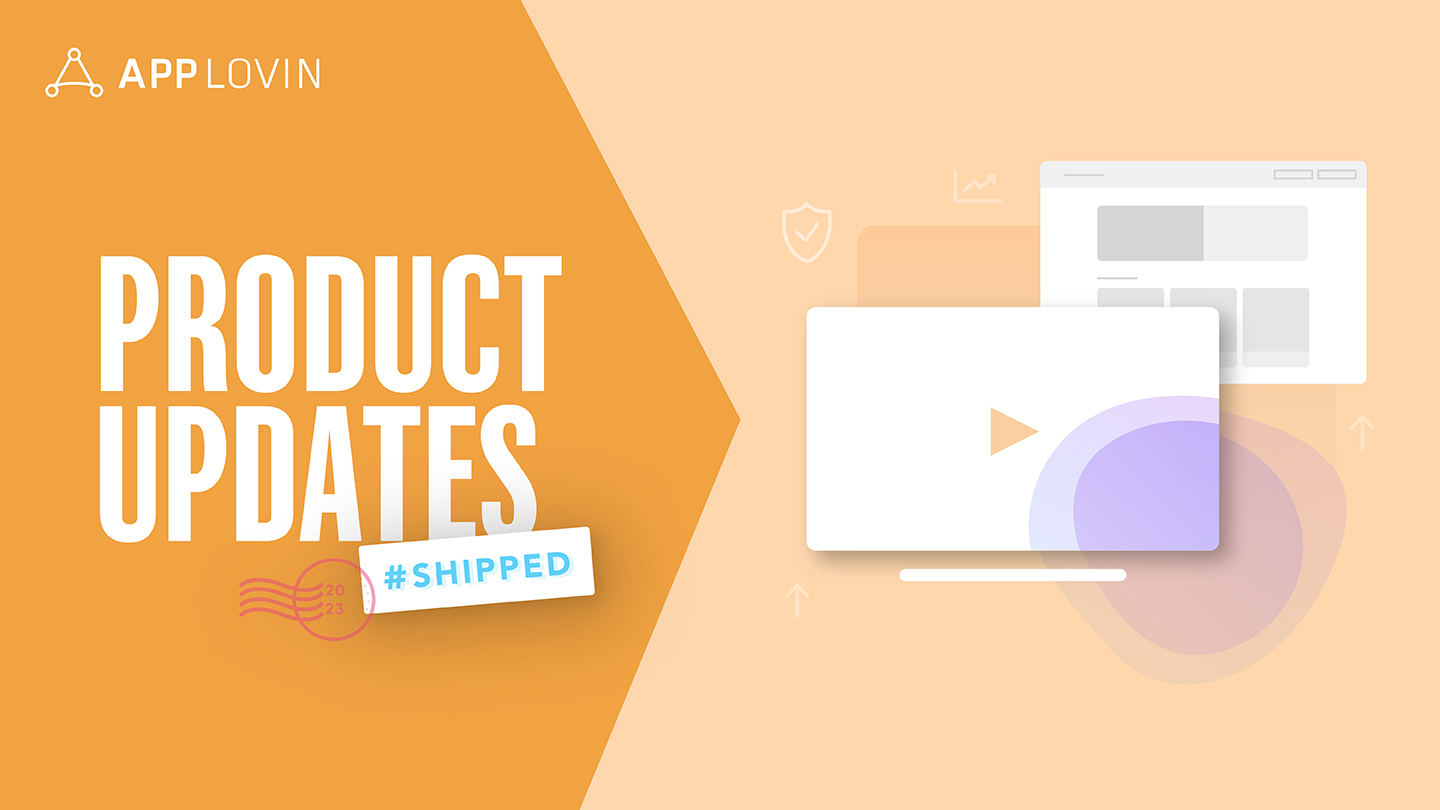This is a guest post by Simon Kendall, head of communications at adjust, a business intelligence platform that offers attribution and analytics for mobile apps.

Simon Kendall
Mobile measurement platforms, also known as attribution or conversion tracking, are centerpieces for sophisticated UA operations. Typically, these platforms help you to collect data from your app, attribute conversions and events to specific marketing initiatives (hence the name), and sync conversion data to your ad networks.
Serving, then, both as a first-line marketing analytics system and as a conduit for your marketing data, your requirements on your measurement platform should be appropriately high. But it can be difficult to predict in advance what type of functionality you will need from your measurement platform down the line. In this post, I’d like to take you through some of the lesser-known requirements that frequently become clear only as you ramp up your mobile marketing.
1. Indefinite look-back in your analysis
Marketers often don’t think about the importance of historical data until they need to. When we talk about the look-back period, we refer to how long you’re able to look back into your data for long-running analyses.
In retention analysis, for example, this means your ability both to look at users who installed a long time ago, as well as to look at retention statistics for long-term periods. How well do users from two years ago retain after six months? Obviously, these questions aren’t interesting just as you start out, but they can hold a lot of insight in the future.
Our industry benchmarks indicate that retention rates are steadily rising year-over-year, as a consequence of apps providing better service to users for longer time periods. You shouldn’t be hindered in viewing historical data by any shortcoming of the platform, nor face a nasty surprise when you search your records, only to discover that they’re gone forever.
2. Organic events in a cohort
When shopping for measurement platforms, you’re often primarily looking to improve the data available around your marketing activities. But it’s equally important to consider how well your platform will allow you to analyze engagement, retention, and ROI from users who found your app organically (i.e., without having been driven by marketing campaigns). Organic users are your “benchmark” to compare against the performance of your paid marketing activities.
To compare different sources fairly, you need to ensure that the KPIs and metrics computed for organic users are the same as for paid users. At best, organic users should be regarded as just another channel.
3. Comprehensive account history
A detailed account history that shows you who created tracker links/campaigns and when can help improve internal accountability, and also help when it comes to optimizing your future campaigns.
This becomes more and more important as you invite additional team members, consultants or media partners to collaborate on your dashboard. The best attribution solutions should keep all of this information for you on the dash.
4. Privacy compliance
Privacy is a big deal. It’s a constant and prolific concern for both businesses and the public, so ensuring your attribution solution is compliant with privacy laws is hugely important in this day and age.
It’s also an area that is constantly evolving. Most recently, the European Commission announced a new draft ruling that caused debate in central EU markets. Keep in mind that, even if you’re based in a different country, the rules often apply to you as soon as you do business in the applicable market.
Since measurement platforms are often your first data collection point and distribute data to other platforms and partners, they’re a good starting place to ensure compliance. For assurance of privacy compliance, I recommend certification by either the ePrivacy group in the EU or the Privacy Shield group in the US.
An attribution platform that avoids third parties and cloud storage should strengthen your confidence in them. Meeting these criteria can be tough, but if you are wary of privacy (and the laws that certain partners could fall afoul of) then it’s important to research the policies of each company when making a decision.
5. Unlimited API requests
This is often a technical point that many marketers aren’t familiar with. But as mobile companies grow, they will frequently make more extensive use of various data connections in order to connect measurement platforms with internal servers, business intelligence platforms or other software or solutions.
A common cost-cutting measure, though, is to limit the number of connections that you can make to an API in a day – that’s called “rate limiting.” It’s very common in the industry, and there are providers that throttle the amount of queries you can make. This is like Google allowing you to search only twice a day, or download ten results per request. If you’re looking at solutions, check each provider’s API policy, because you should be able to take the data you want, when you want it, without limit.
Also remember that APIs that are limited in this manner are more difficult to interact with (due to the timing and frequency capping you need to implement), and leave you less flexibility to search your data.
Mobile measurement platforms are an important part of your mobile marketing strategy, but often not entirely easy to get an overview of. When you’re choosing your attribution solution, I recommend doing a deep dive to find ones that offer infinite look-back, organic events in a cohort, comprehensive account history, rigorous privacy compliance, and unlimited API requests.









